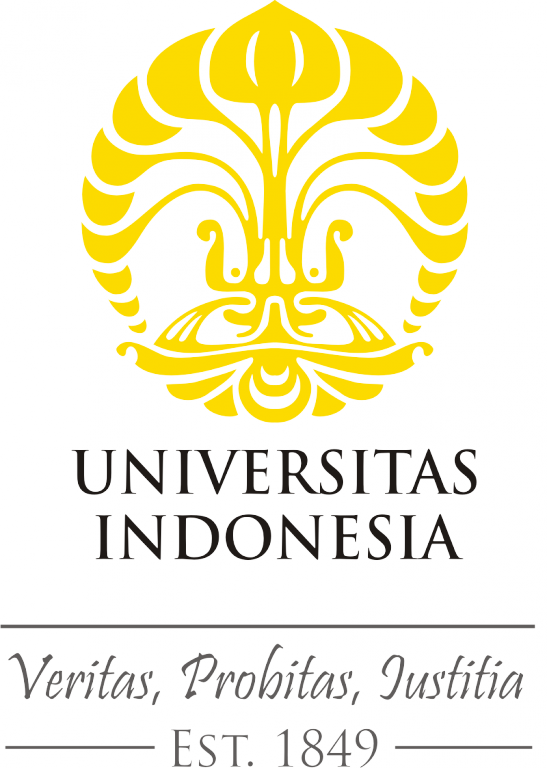Tidak ada review pada koleksi ini: 48969
ABSTRACT
Name : Ruci Meiyanti
Study Program : Doctor of Computer Science
Title : Indonesia's Smart Tourism: Structural - Conceptual Models,
Strategy, and Application Architecture
Counsellor : Prof. Yudho Giri Sucahyo, S.Kom., M.Kom., Ph.D.
Prof. Ir. Dana Indra Sensuse, M.LIS, Ph.D.
Indonesia has superior tourism competitiveness but is not optimum to compete
with tourism from other countries. For this reason, smart tourism is needed that be able
to make tourism in Indonesia have a competitive advantage with the support of ICT
advances. The success of smart tourism cannot be separated from the construction of the
model that is used as the basis for developing the system and its application. Based on
this, the purpose of this research is to create an appropriate smart tourism model so that
Indonesian tourism becomes a superior and competitive tourism.
This study uses a mixed-method with the dominance of research on qualitative
methods. At the beginning of the study, the components of smart tourism were collected
using a Systematic Literature Review (SLR) and in-depth interviews with tourism and
informatics experts from academia, government, and private sectors. Then, the
components of the results of the SLR and interviews were conducted in a Focus Group
Discussion (FGD). The results of the FGD were processed using Principal Component
Analysis (PCA), which is a quantitative method for respondents using digital tourism
applications. PCA results to obtain component groups and components of intelligent
tourism forming an integrated conceptual and structural model. The conceptual model
uses systems thinking concept approach while the structural model uses Interpretative
Structural Modeling (ISM). Furthermore, model validation is carried out using face
validity. Finally, the IS/IT strategy and smart tourism architecture were developed.
The results obtained in this research are components that form a smart tourism
model consisting of 46 smart tourism components, 9 (nine) groups of smart tourism
components, and 12 key components. In addition, a model that is integrated between
conceptual and structural models is produced by accommodating twelve key components.
IS/IT strategy in the form of smart applications, proper IS/IT management, and internet
network expansion. Smart tourism application architecture is made with the concept of
stakeholder centric.
Keywords:
Application Architecture, Conceptual Model, Interpretative Structural Modeling,
Strategy, Key Component, Smart Tourism Model, Structural Model, Ward and Peppard


